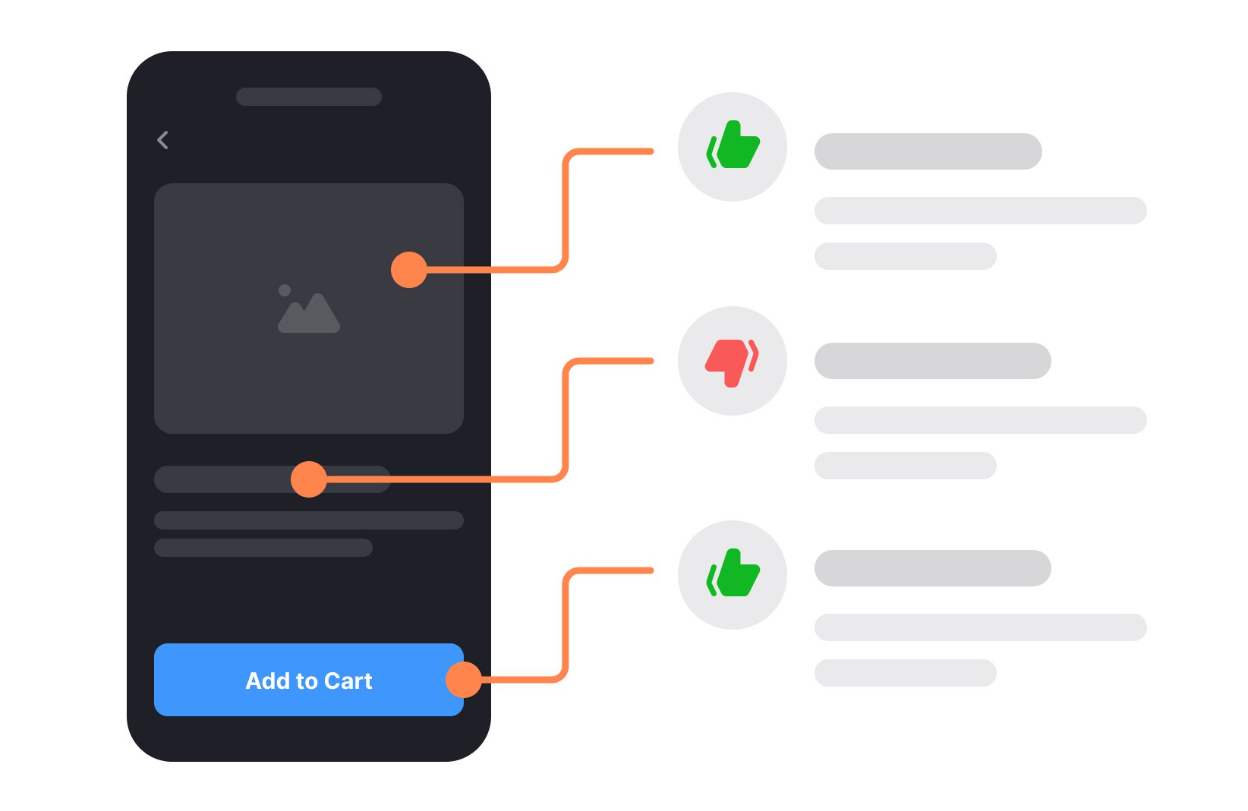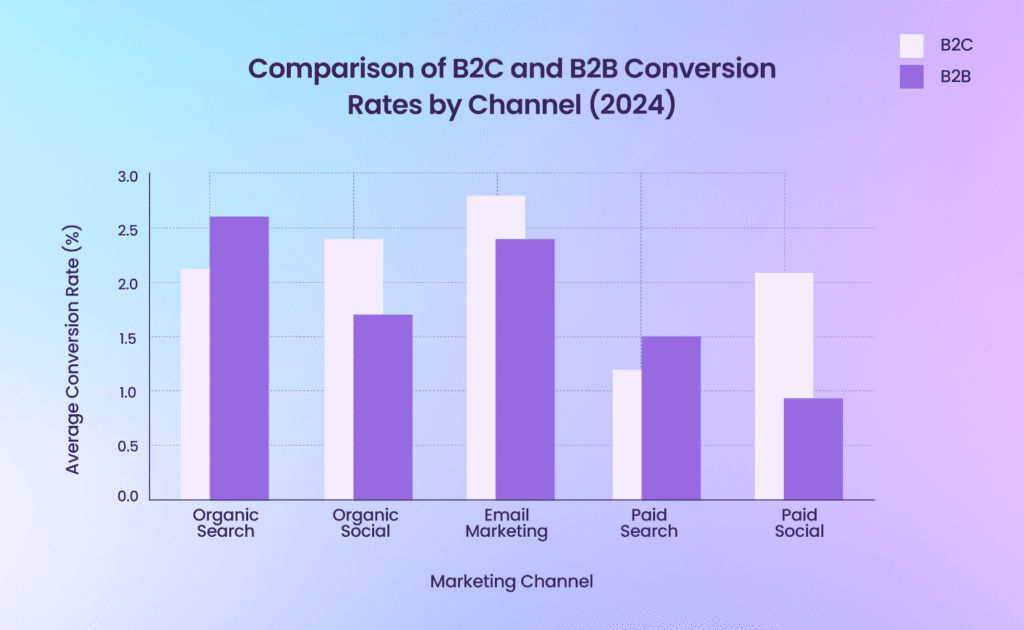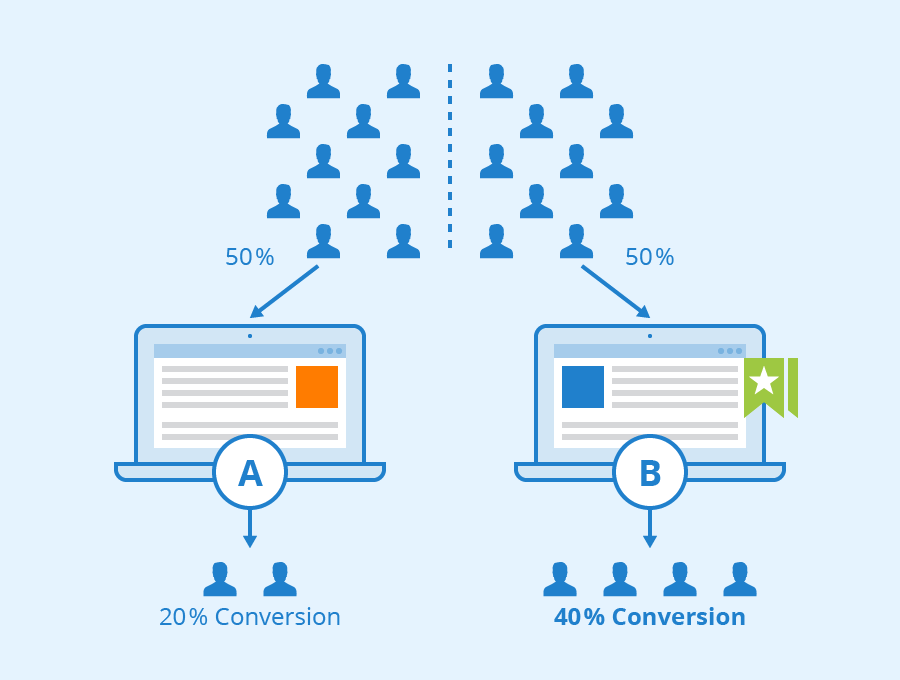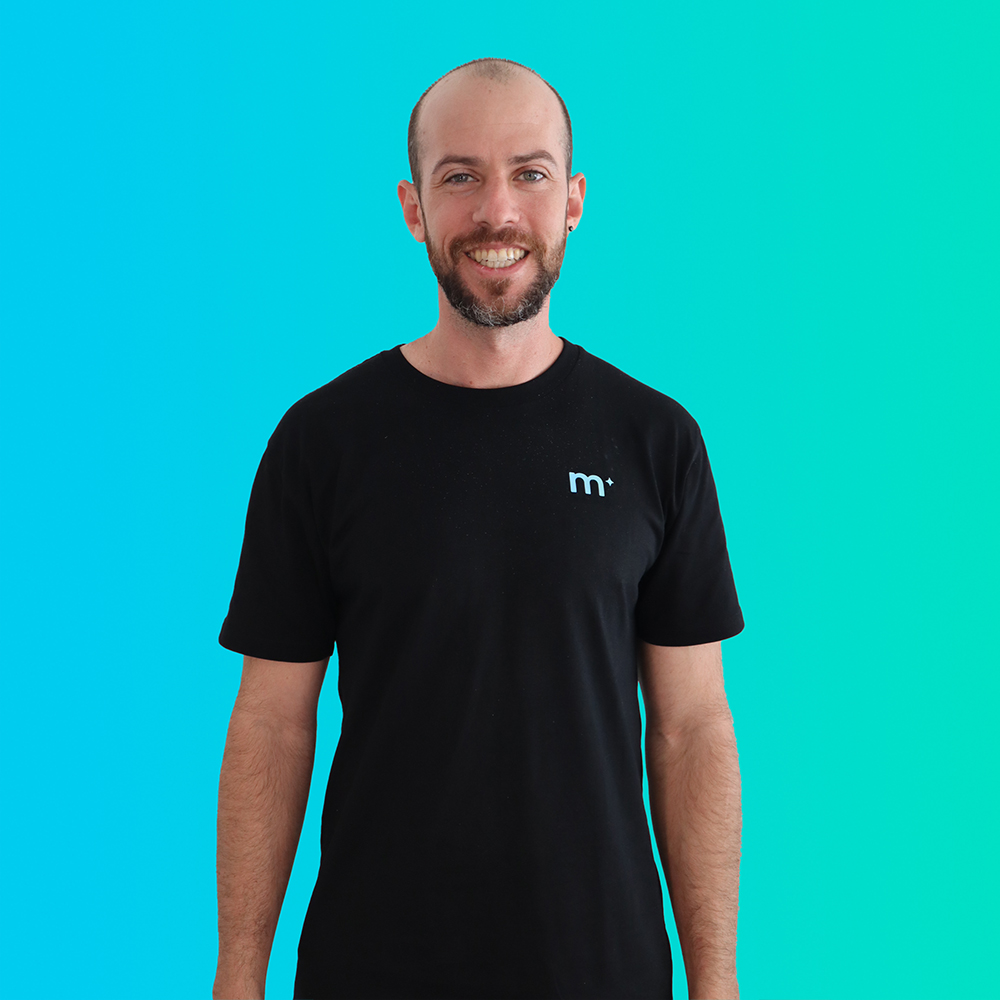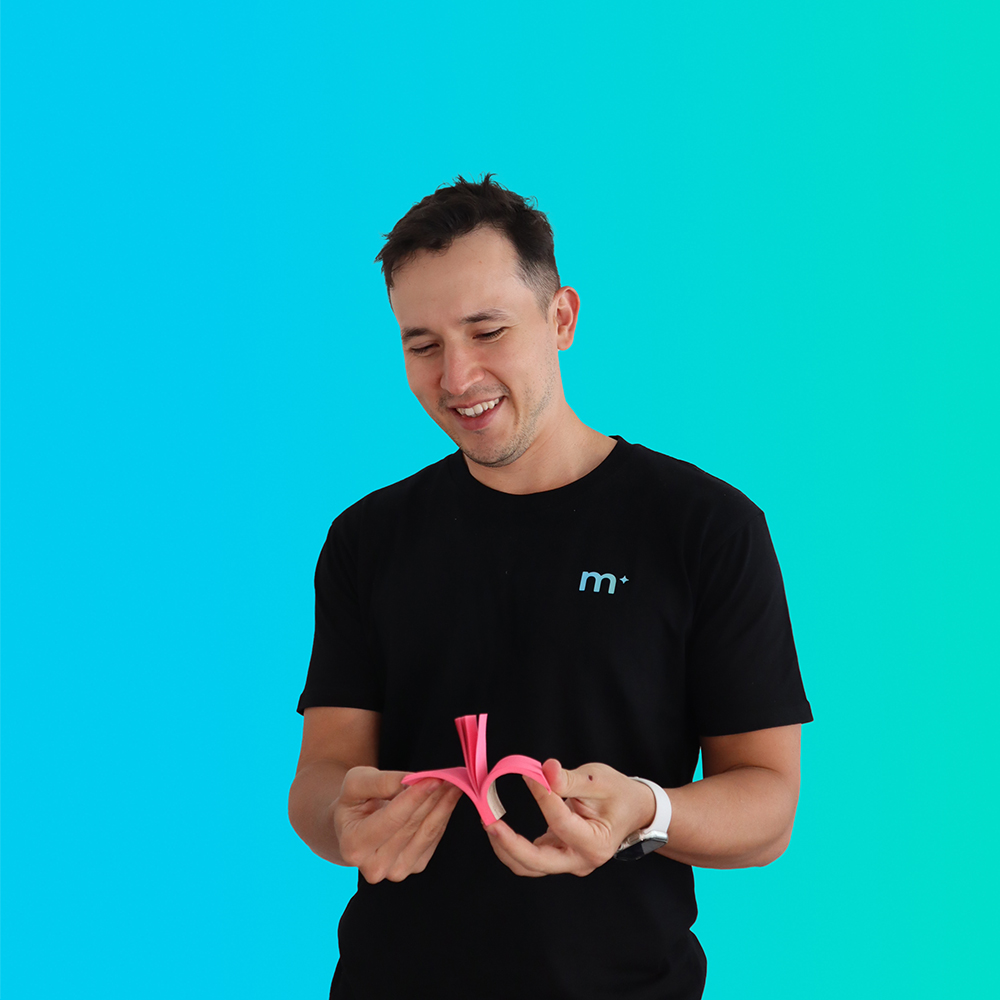What is Conversion Rate Optimisation (CRO)?
CRO involves analysing and understanding how visitors interact on your site, identifying pain points and opportunities, and implementing changes to increase the desired action. Ultimately, the goal is to improve engagement, which in turn will increase your website conversion rate.
Get A Full UX/CRO Report of Your Website
If your customers are abandoning carts or not completing forms, your site may have usability or trust issues. Our UX/CRO report highlights these barriers and offers insights to optimise your web visitor’s experience and increase sales.
Here is a UX web report example of what our UX services deliver. If you want to get the same report for your website, contact us now for a quote.
How to Improve Your Website Conversion Rate
Driving traffic to your website is important, but turning visitors into paying customers is essential. That is where Conversion Rate Optimisation (CRO) comes in. This practice focuses on driving sales and leads from the traffic you generate, and it plays a huge part in your online success.
In essence, there are proven ways to make a website more profitable. I am not just talking about adding social proof elements like testimonials or reviews. There are literally thousands of ways to increase conversions, such as improving your UX experience, designing, and, most importantly, copywriting.
To really optimise your website, you need to learn some aspects of the human behaviour. If you want to get scientific, we highly recommend the Nudge podcast. It’s all about marketing science, and many episodes cover website conversions, which I listed at the bottom of this article.
Gaining experience is key because not all changes way the same, so we want to focus on the good ones. For example, what you say in the top Hero section of your home page will be more effective than what you say in the footer or what colour you use for your buttons.
What is a good website conversion rate?
The on-page conversion rate does vary depending on the industry, and in terms of performance, you should optimise your page until you reach your industry’s ideal number. Here are some statistics for different industries.
E-commerce (Retail):
Conversion rates typically range from 1% to 4%.
High-performing e-commerce sites can see rates as high as 5% to 7%
Services or SaaS (Software as a Service):
The average landing page conversion rate is around 2% to 5%.
Top-performing SaaS companies can achieve rates between 7% and 10%, especially when offering free trials or demos.
Business Lead Generation (B2B):
Conversion rates are typically between 2% and 6%.
Industries like financial services and professional services often see higher rates, ranging from 5% to 10%, depending on the offer’s value and the targeting.
10 Techniques to Improve Website Conversion Rate
-
Customer Value Proposition (CVP)
Your CVP is the heart of your message and should be displayed up front and centre on your website. It clearly articulates what your business offers, why it’s different, and how it solves customer problems. For example, a strong CVP on a landing page should:
- Use concise, persuasive headlines like “Australia’s #1 Solar Energy Provider.”
- Incorporate relevant product images so visitors instantly understand what you offer without reading through heavy text.
- Reduce friction by limiting form fields to the essentials. For instance, ask for only a name, phone number, and email instead of multiple fields.
- Offer social proof, such as testimonials or industry recognitions, to boost trust and credibility.
-
Use Pop-ups Wisely
Pop-ups have a reputation for being annoying, but when used strategically, they can increase your website conversion rate significantly. The key is to:
- Use exit-intent pop-ups, which only appear when a user is about to leave your site. For example, offering a discount like “Wait! Get 10% off if you subscribe now.”
- Implement pop-ups that are relevant to the user’s journey. A targeted offer based on the products they are viewing can make a significant difference.
- Limit the frequency of pop-ups to avoid overwhelming the visitor. Set them to appear only once per session.
According to studies, pop-ups that provide value, such as discounts or free trials, can boost conversion rates from 3% to as much as 9%.
-
Create a Sense of Urgency
People are more likely to act quickly when they feel like time is running out or stock is limited. You can create urgency by:
- Displaying countdown timers for limited-time offers, such as “Only 2 hours left for 20% off.”
- Showing low stock alerts like “Only 3 left in stock!” to push users toward immediate action.
- Offering flash sales with specific end dates or “Last Chance” promotions.
But be careful not to overuse urgency tactics, as customers may lose trust if the urgency feels artificial.
-
Third-Party Signups
Simplify your sign-up or checkout process by allowing third-party account creation through platforms like Google or Facebook. This method:
- Reduces the friction of remembering another password.
- Accelerates the signup process, making it easier for users to complete their journey.
- Provides a sense of security, as customers are more likely to trust sign-in options they are already familiar with.
For instance, offering a “Sign up with Google” button can help retain users who otherwise might abandon the form due to its complexity.
-
Experiment with CTA Copy
Your Call to Action (CTA) buttons are pivotal in converting visitors. Don’t settle for generic phrases like “Submit” or “Click Here.” Instead:
- Personalise CTAs to reflect the benefit the customer is receiving. For example, “Get My Free Guide” or “Claim My Discount Now” works better than generic alternatives.
- Use action-oriented and benefit-focused language to make CTAs irresistible. For example, “Yes! I Want 10% Off.”
- Test variations of your CTA buttons through A/B testing to determine which one performs best.
-
Address Customer Concerns
Customers often abandon the buying process because of unanswered questions or doubts. Make it easy for them to find the information they need by:
- Offering a live chat option to answer common questions in real-time, or using a chatbot to handle inquiries outside business hours.
- Including customer reviews, testimonials, or case studies on key pages. Social proof builds credibility and helps new visitors trust your brand.
- Implementing a clear return or money-back guarantee to reassure customers that they are making a risk-free decision.
-
Assess Your Pricing Model
Your pricing strategy plays a critical role in influencing buying decisions. Consider these pricing tactics to boost conversions:
- Use psychological pricing (e.g., pricing a product at $99.99 instead of $100) to make prices seem lower and more attractive.
- Offer bundle deals or tiered pricing options. For instance, providing a basic, mid-range, and premium plan encourages customers to choose the middle option, which is often marked as “most popular.”
- Display discounts clearly by showing the original price next to the discounted price to highlight the perceived savings.
-
Ensure Your Website is Responsive
A poor mobile experience can kill your conversion rate. In fact, studies show that more than half of web traffic comes from mobile devices, so it’s essential to ensure your website is mobile-optimised:
- Use responsive web design to make sure your website looks great on any device, whether it’s a smartphone, tablet, or desktop.
- Optimise for speed, as slow-loading pages lead to higher bounce rates. Use tools like Google PageSpeed Insights to identify areas for improvement.
- Streamline mobile forms to make it easier for users to fill out information on smaller screens.
-
Leverage Data and Analytics
Data-driven decisions are crucial for improving your website’s performance. Implement Google Analytics (or another analytics tool) to:
- Track key metrics like bounce rate, conversion rate, and user flow to identify where visitors drop off.
- Use heatmaps to see how users interact with different elements of your page, giving you insights into where to focus your optimisation efforts.
- Regularly review the data and make changes accordingly to improve your conversion rates over time.
-
A/B Testing
A/B testing allows you to experiment with different versions of your website to see which one performs better. Use A/B testing to:
- Test different headlines, CTA buttons, images, or page layouts to find what resonates best with your audience.
- Continuously tweak elements based on test results, keeping in mind that even small changes, like button colors or fonts, can significantly impact conversions.
- Maintain a culture of constant improvement by regularly tracking your website behaviour and implementing ways to increase your website conversion rate.
Start Optimising Your Website Conversion Rate
Now that you have a clear understanding of the techniques involved in website conversion rate optimisation, it’s time to put them into action. Review your website and identify areas where you can implement these strategies. Use heatmaps and analytics to track your progress and continuously refine your approach.
If you’re unsure where to start or need expert guidance, consider seeking professional CRO services to help take your website to the next level.

